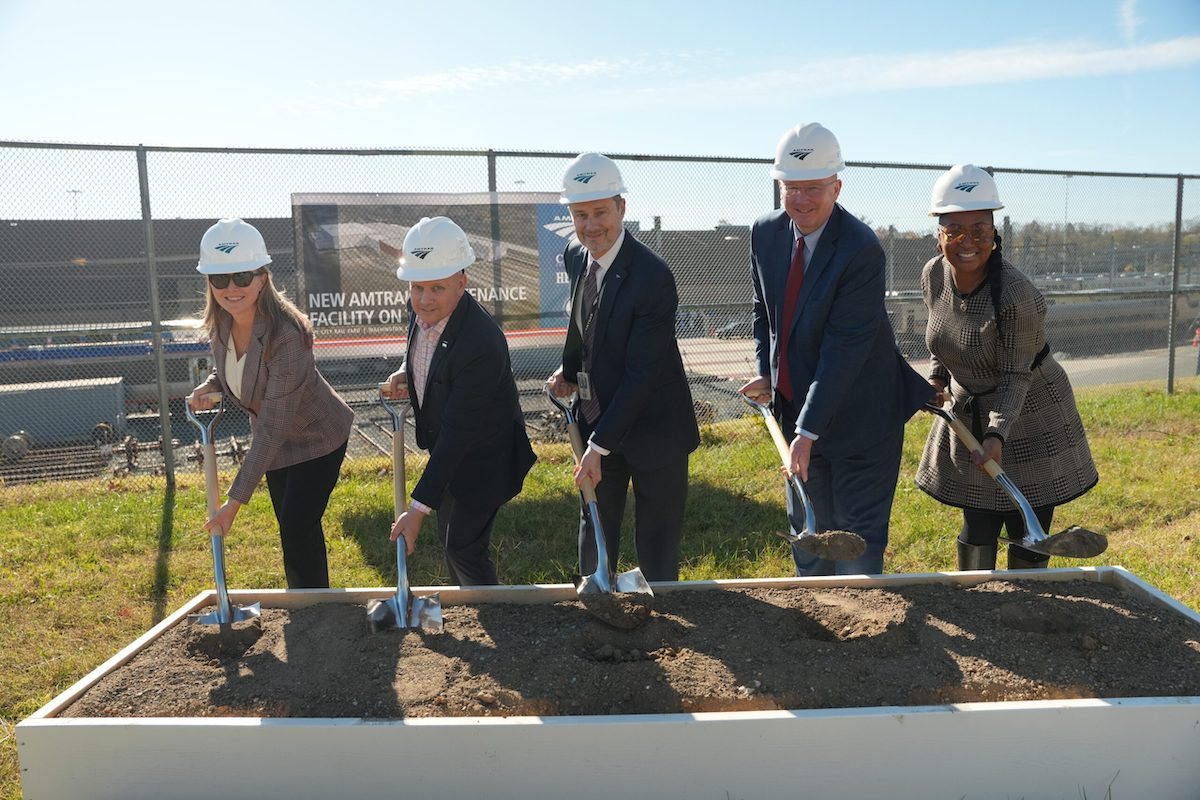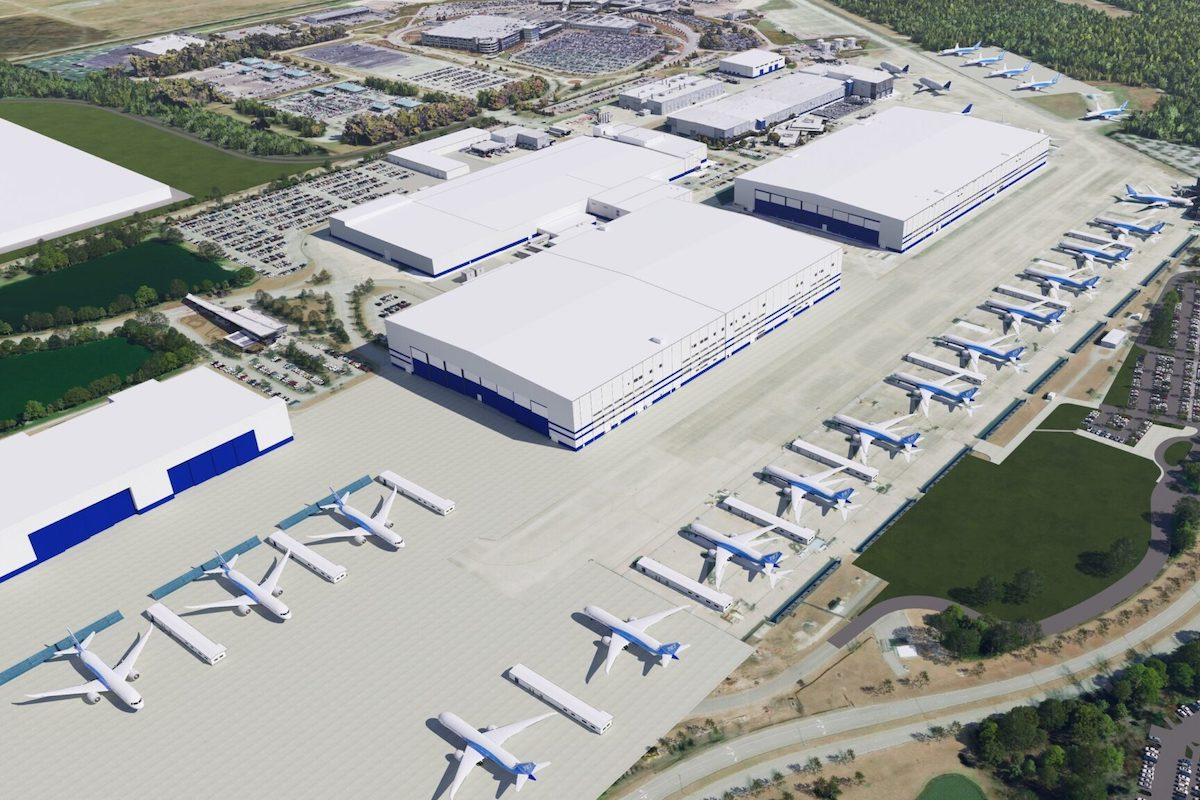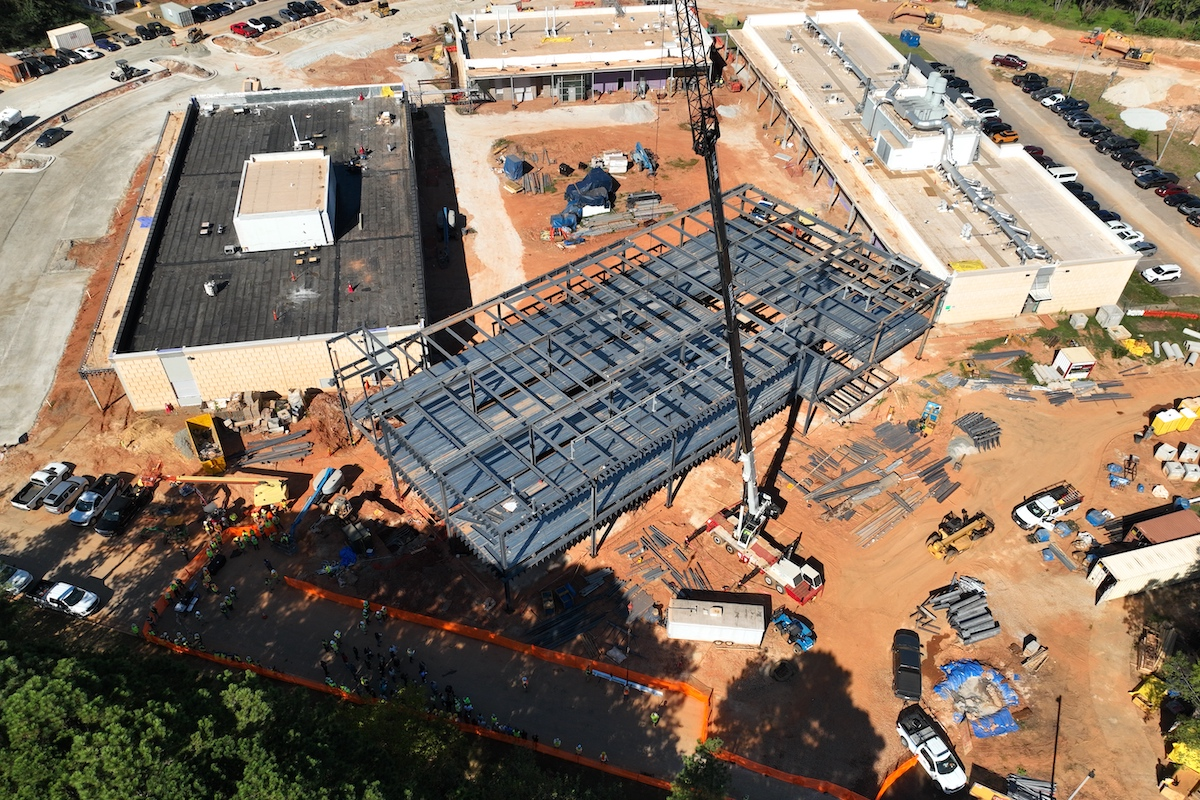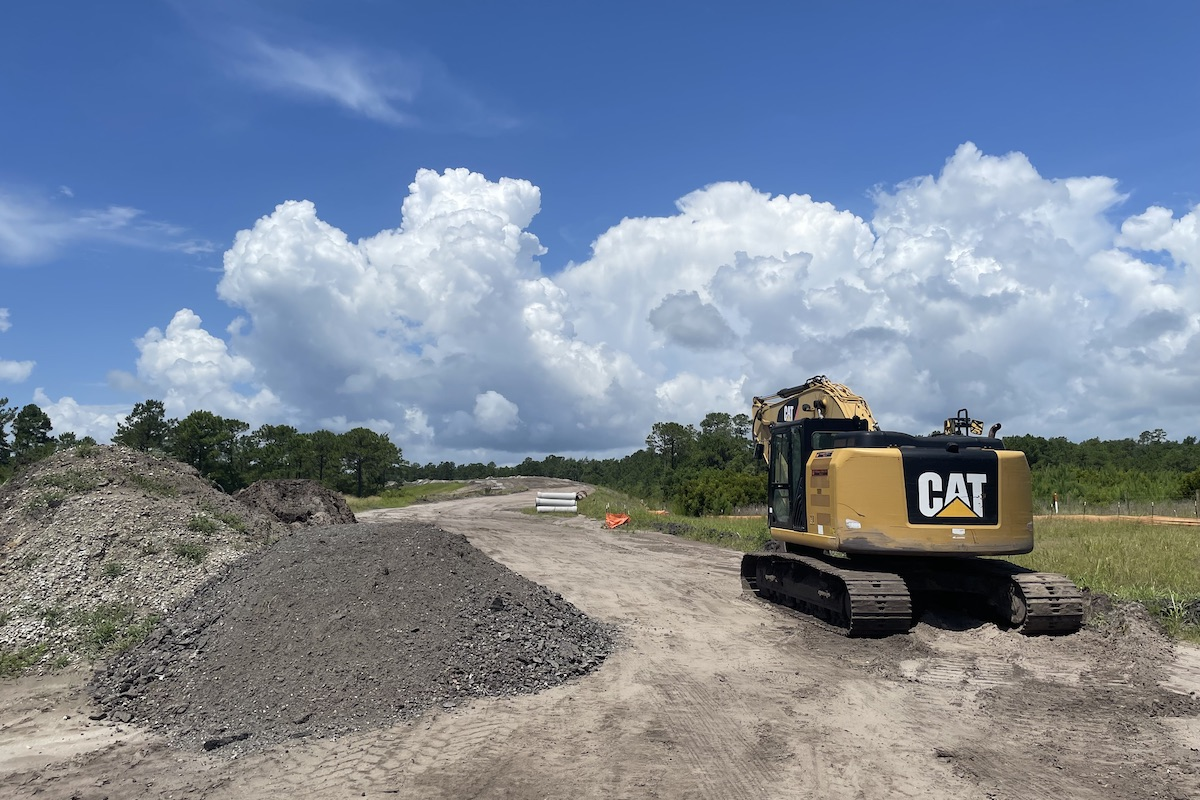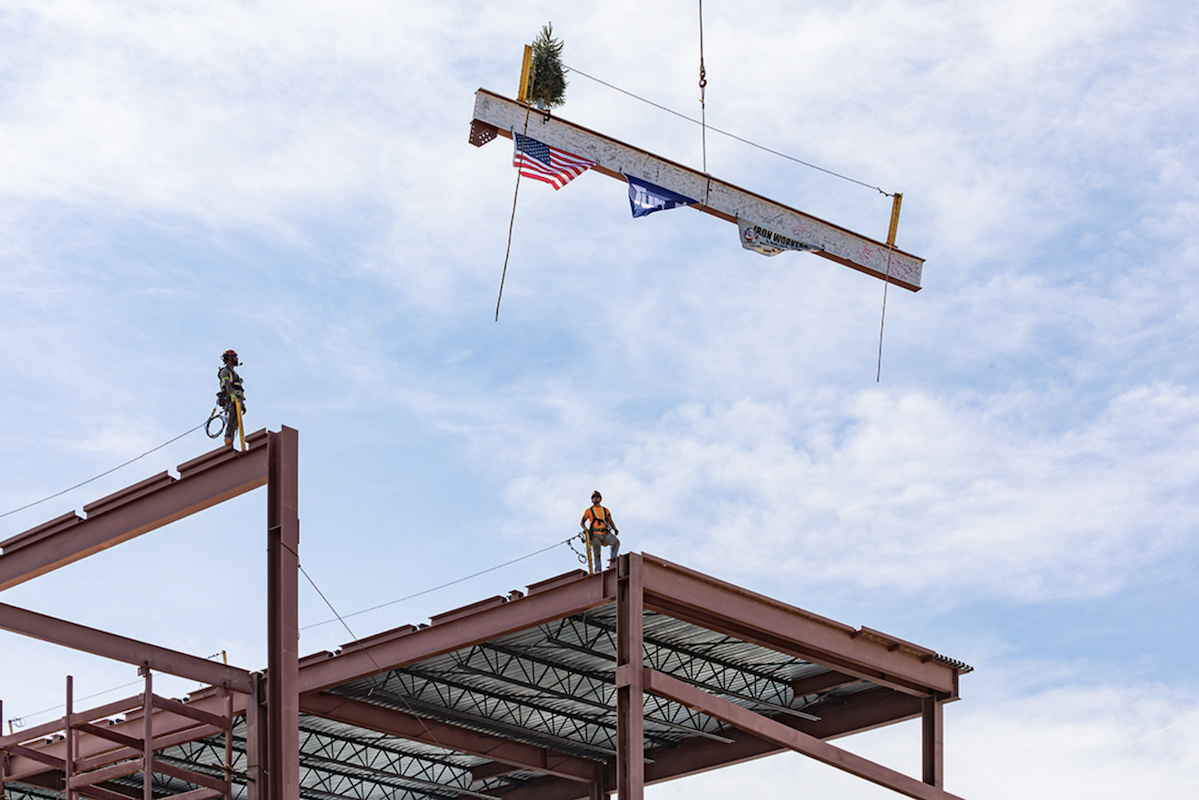Let’s face facts, the construction industry does not do well when it comes to completing projects on time and within budget. Approximately 98 percent of megaprojects suffer cost overruns of more than 30 percent and 77 percent are at least 40 percent late, according to a
McKinsey & Company report.
Unfortunately, construction companies that fail to identify as a project business (a company that provides products and services for their customers through projects) can face many problems that impact business performance, productivity, and profitability.
However, if you take a step back, look at the fundamentals and recognize your business as a Project Business, you can start to see:
- Why your business isn’t running as well as it could
- What you need to do to solve them
By structuring your project business processes, you will be able to analyze what systems need to change and what solutions are possible.
Why are Construction Companies Not Optimized for Success?
Why do construction companies suffer from low productivity? Compared to other industries where productivity has steadily increased, productivity in the construction sector has remained stagnant and even declined.
One of the main reasons stems from poor project management and the lack of technological innovation. The inability to utilize technology to improve processes and information flow is a major reason why construction companies lag in productivity and are often faced with budget overruns and project delays.
Poor Organization
Construction companies tend to have separate systems and databases for each stage of their projects. This disjointed structure not only causes delays, but also hinders insight. In addition, most construction businesses lack standardization and integration. Processes aren’t uniform, and they often rely on individuals who take extreme liberties with them. As a result, it’s difficult to control the business functions and create standard metrics to measure performance.
Inadequate Communication
When managing projects, establishing the right communication strategies ensures that all stakeholders are on the same page. It’s important to create the right sequence of processes and proper networks across the organization so everyone who needs to be informed has access to the data at any point during a project’s life cycle. Inconsistences in reporting mean that stakeholders don’t have a common understanding of how the project is doing in real time.
Flawed Performance Management
Oftentimes, construction companies run their business units and projects as independent entities, without consistent project management. This leads to the “silo effect.” Project Businesses that don’t standardize their operations and project reporting across the company aren’t able to manage their risks as well as they could. In addition, they cannot apply the best practices discovered from one project to the next. Let’s face it, if you can’t measure performance, you can’t improve it. The key to operational excellence is scalable and predictable business processes.
Missed Connections
There are different levels of planning, from high-end preparation to day-by-day programs. Schedulers need to know if the daily work isn’t done so they can update the priorities in real time. However, they often don’t have this information. Today’s real-time economy demands visibility into what’s going on inside your company. Failure to integrate all project functions into one system leads to organizational inefficiencies, delays, budget overruns, and poor performance.
Poor Short-Term Planning
Project businesses are good at understanding what needs to happen in the coming two to three months, but they aren’t so good at figuring out what must happen in the next week or two.
Insufficient Risk Management
Although project businesses pay considerable attention to long-term risks, they tend not to give the same attention to the kinds of risks that might crop up on the job. In order to manage milestones and deadlines to ensure the successful delivery of projects, it’s important to be aware early on when project plans slide. A lack of real-time insight into your operations will result in increased risk and ultimately, decreased profitability.
The Way Forward
When you recognize that the bulk of what you do is projects and you are a project business first and foremost, you develop a new way of thinking and the ability to recognize new solutions. Project businesses need to operate with similar transparency and control as traditional industries. As projects get bigger in size and complexity, it’s critical to implement a project business structure that improves the chances of success of those projects.















